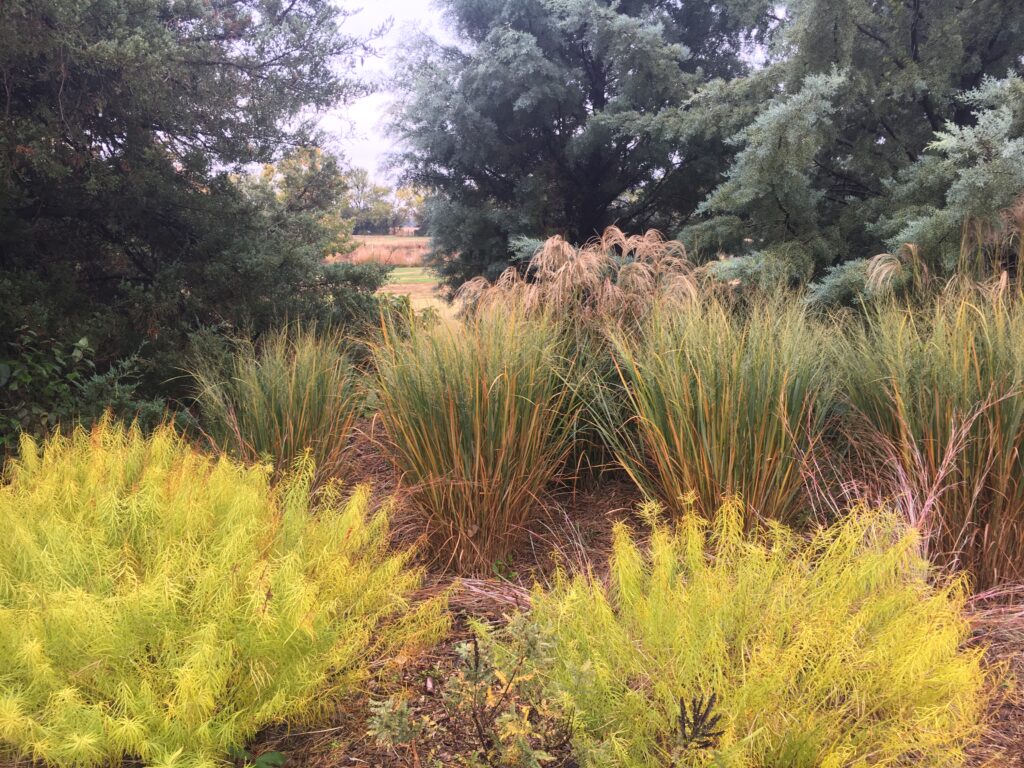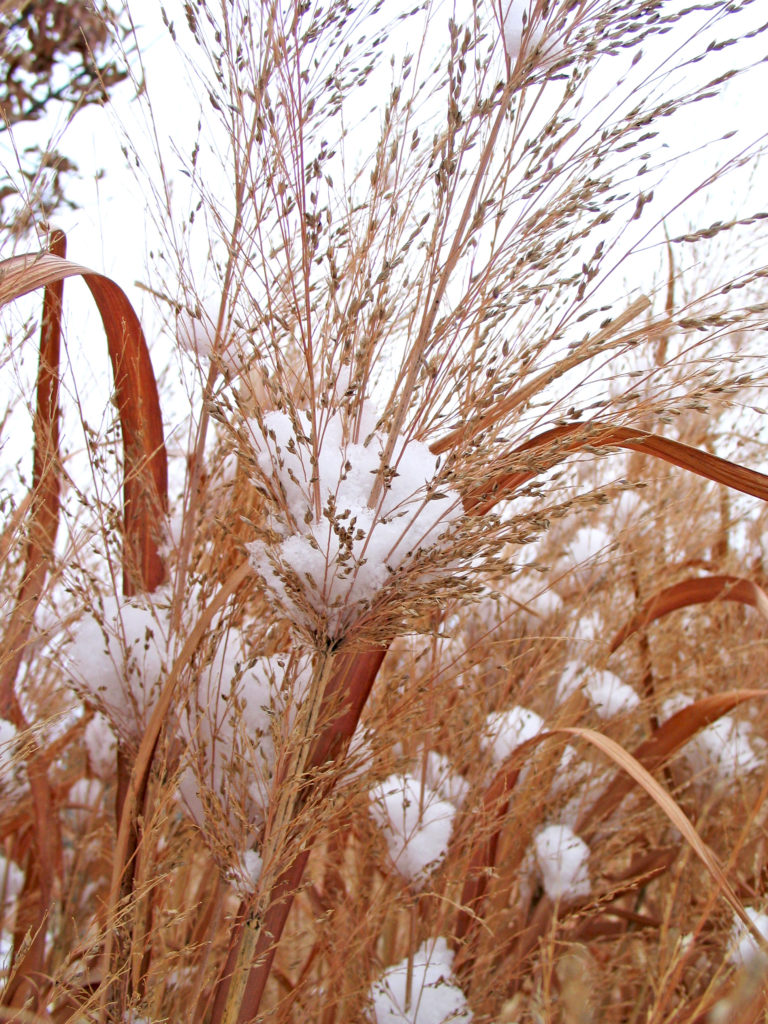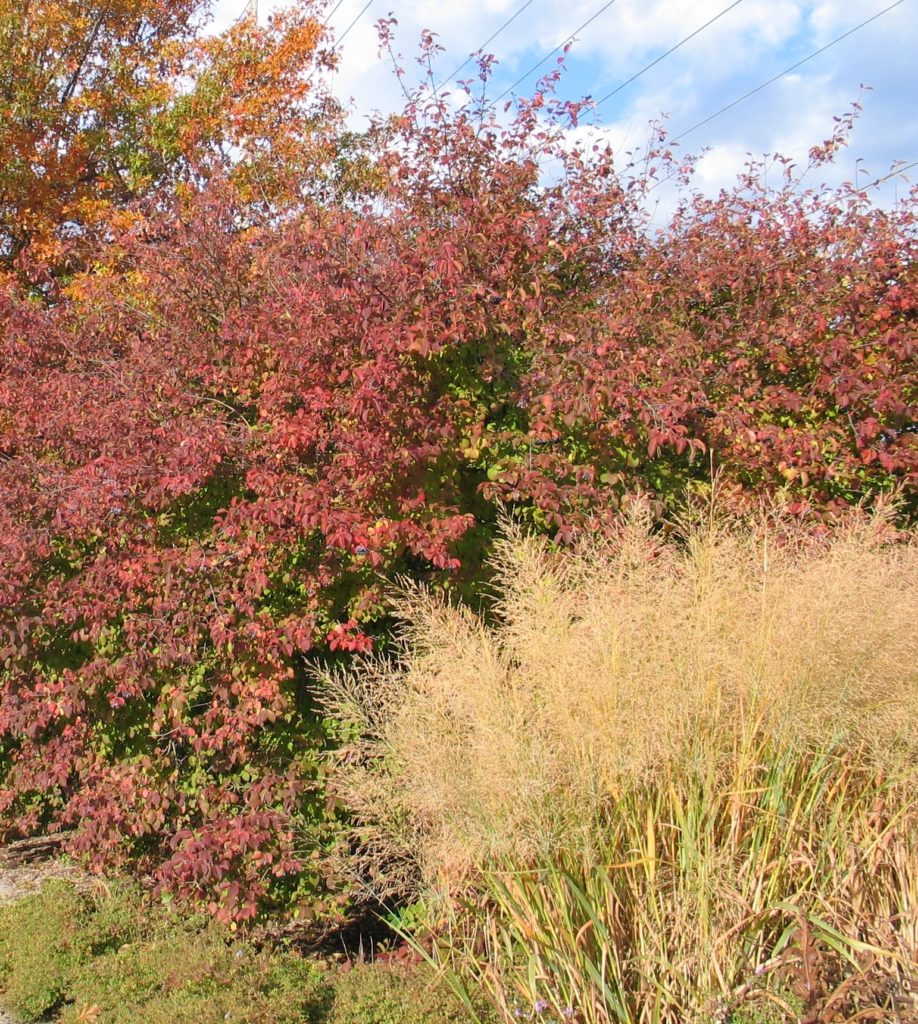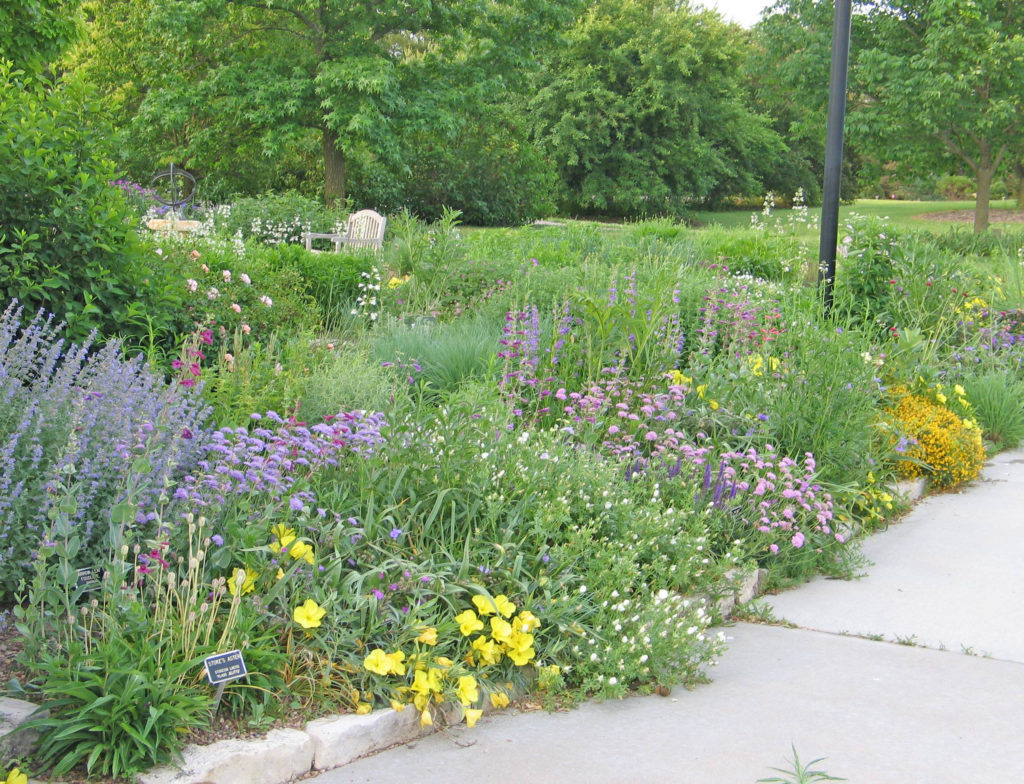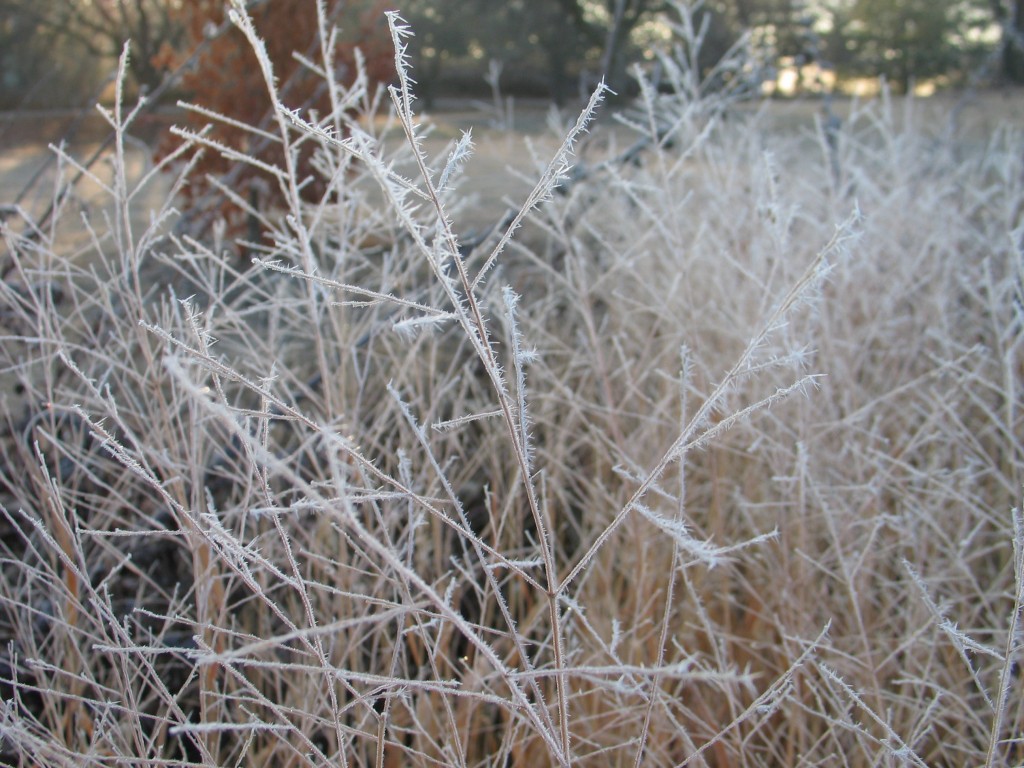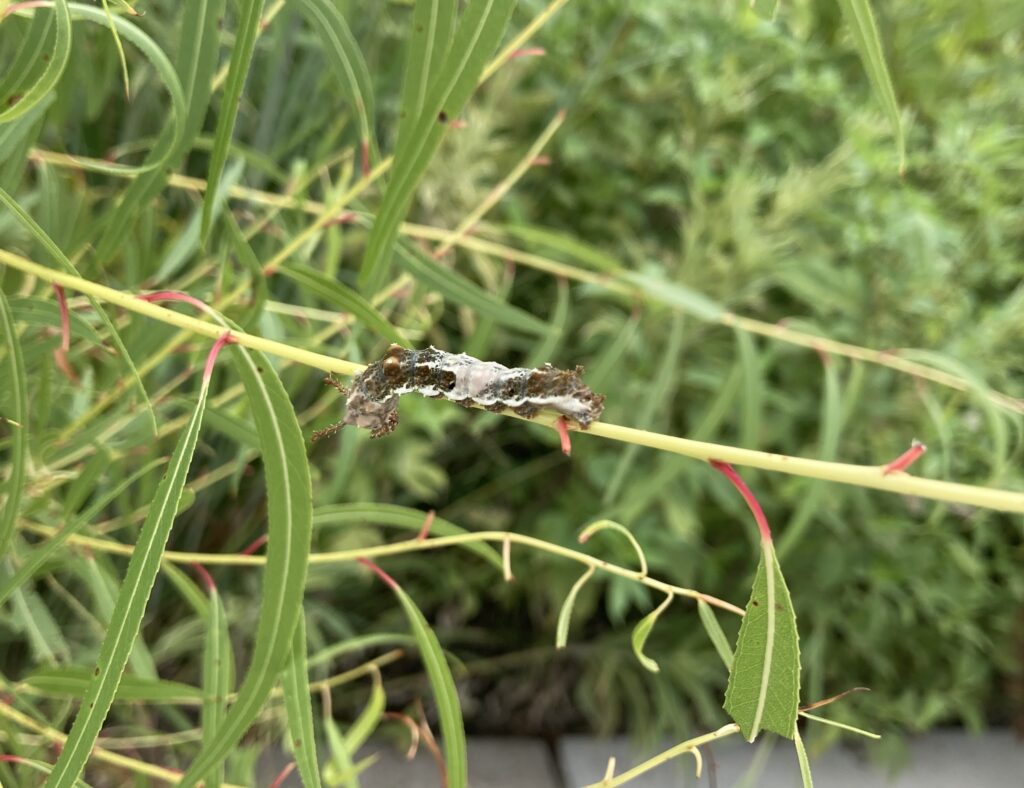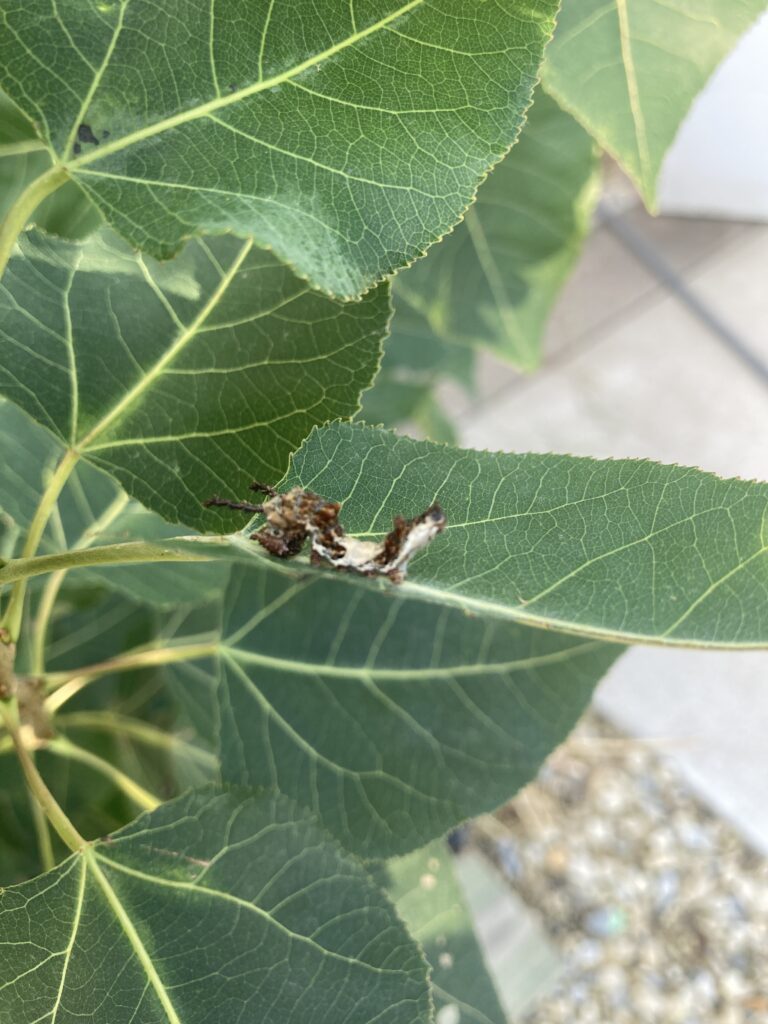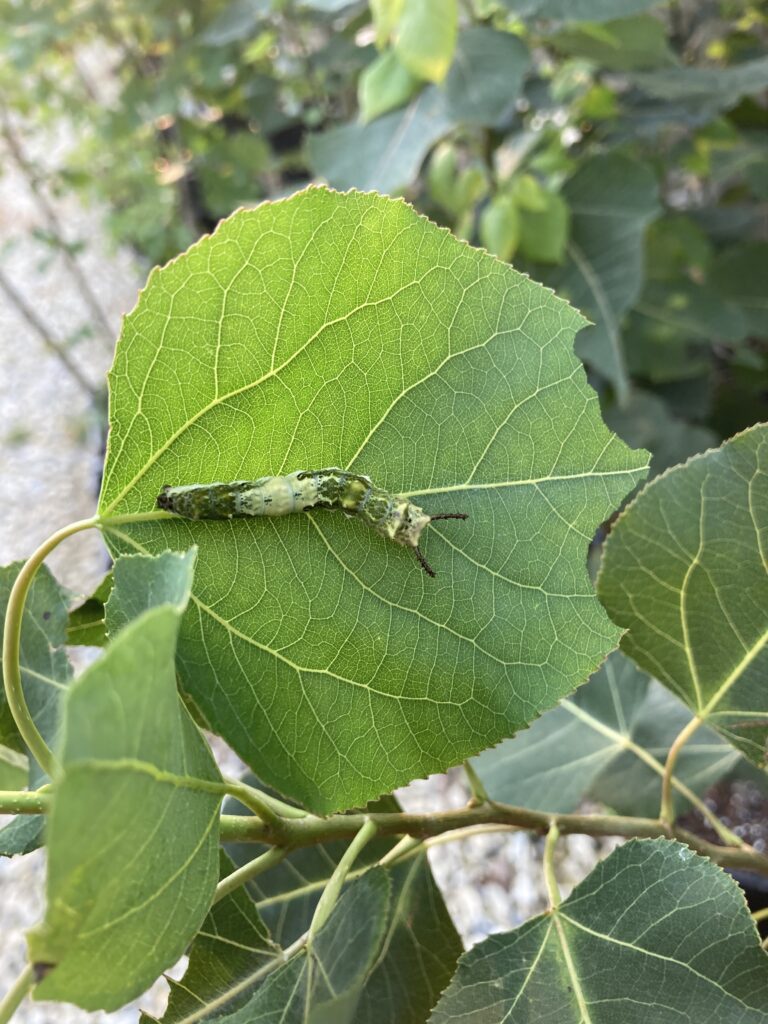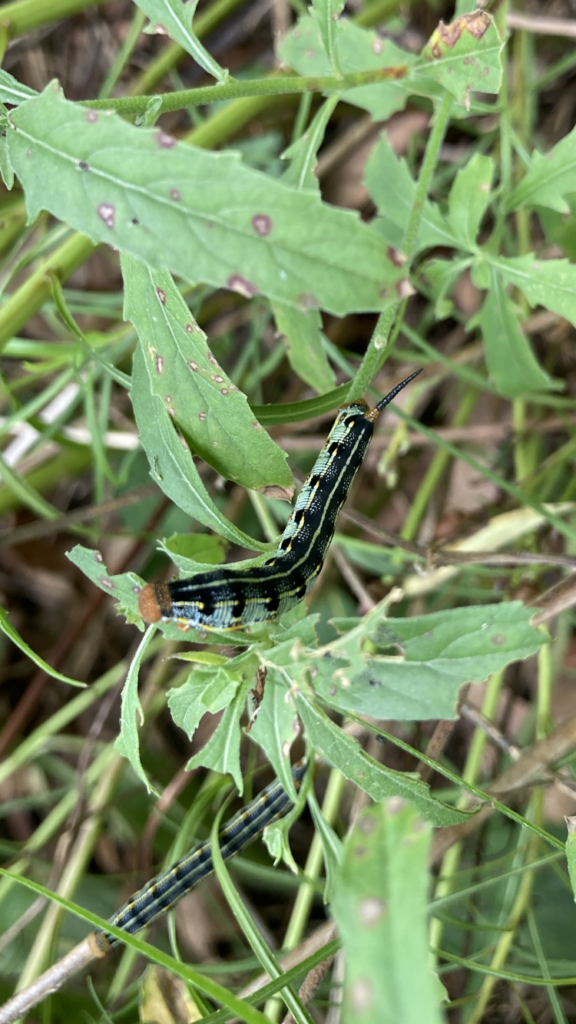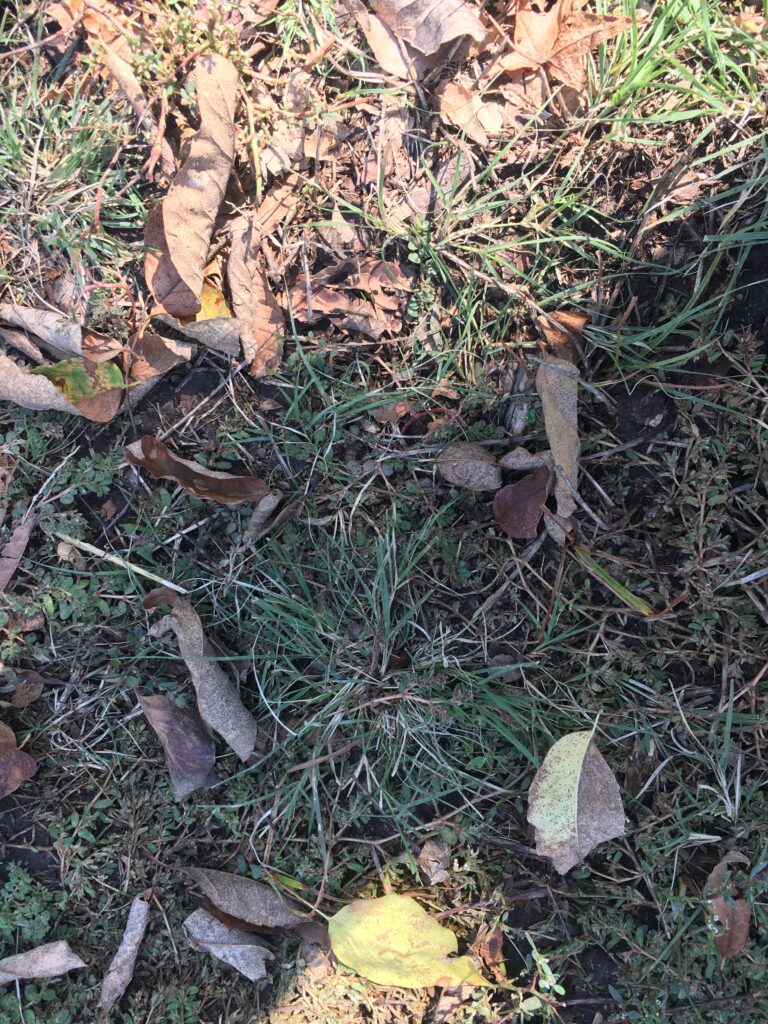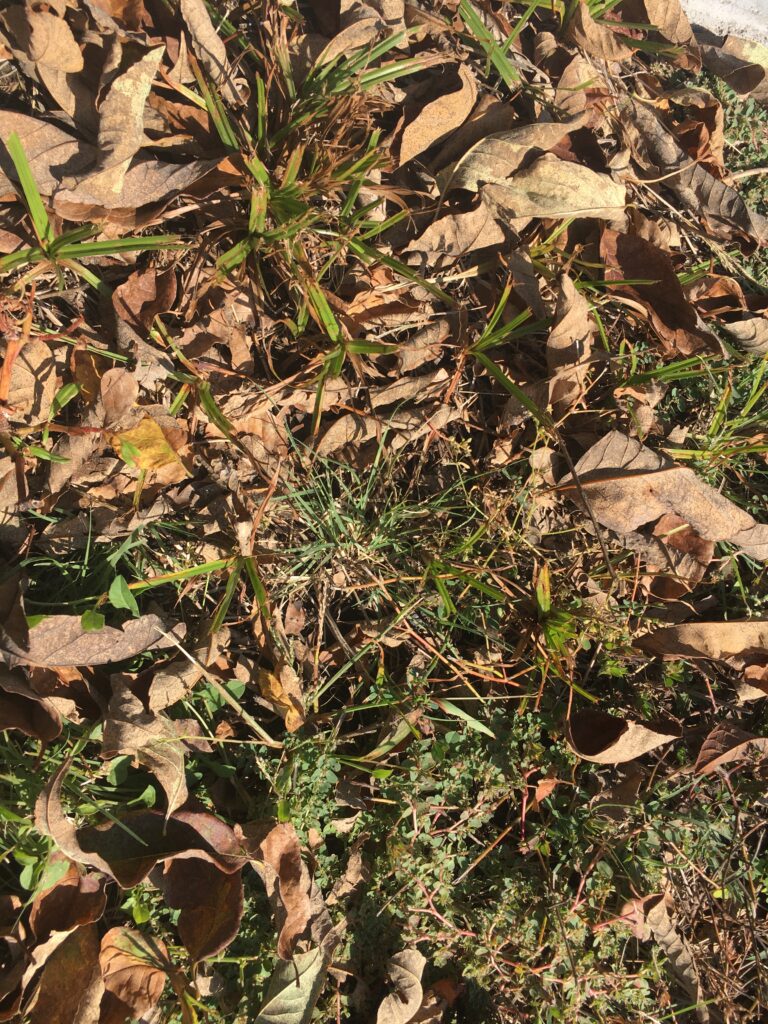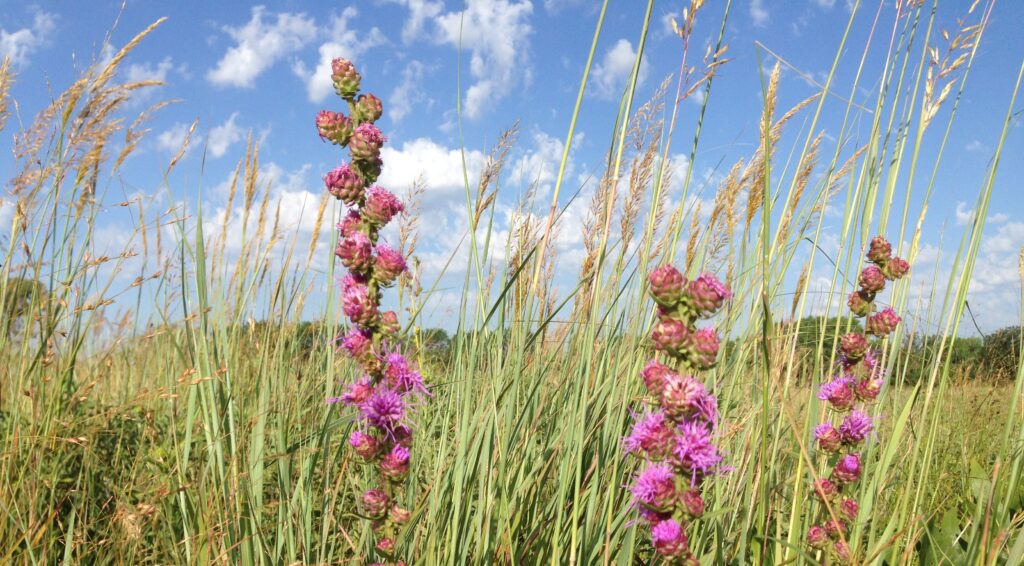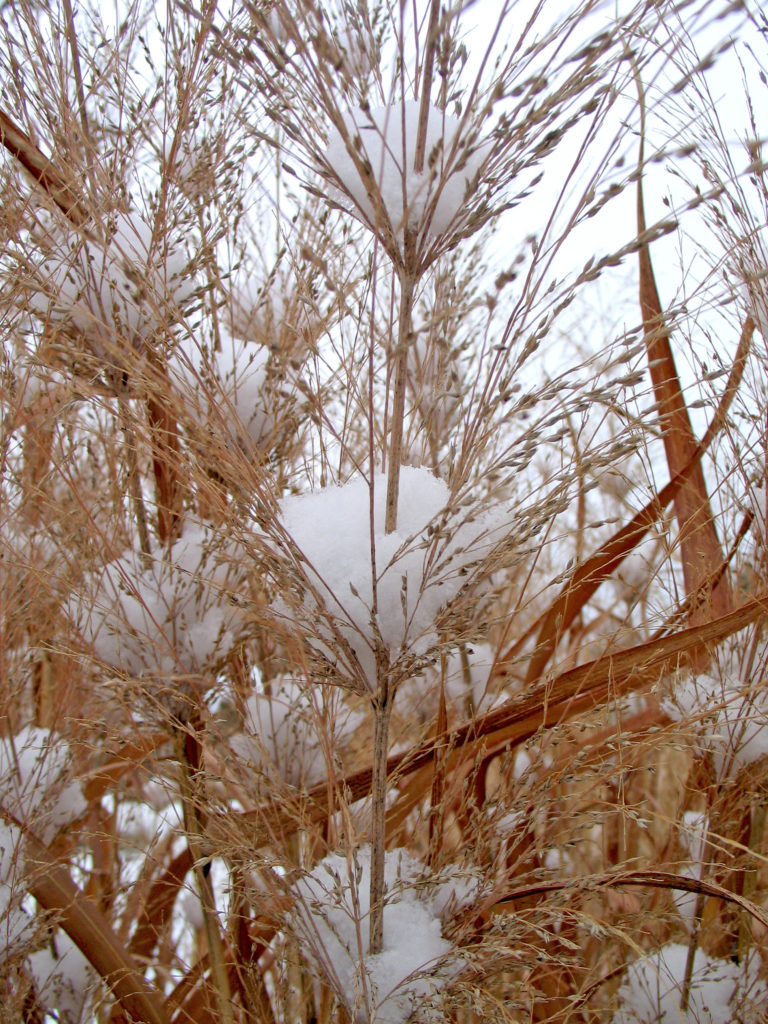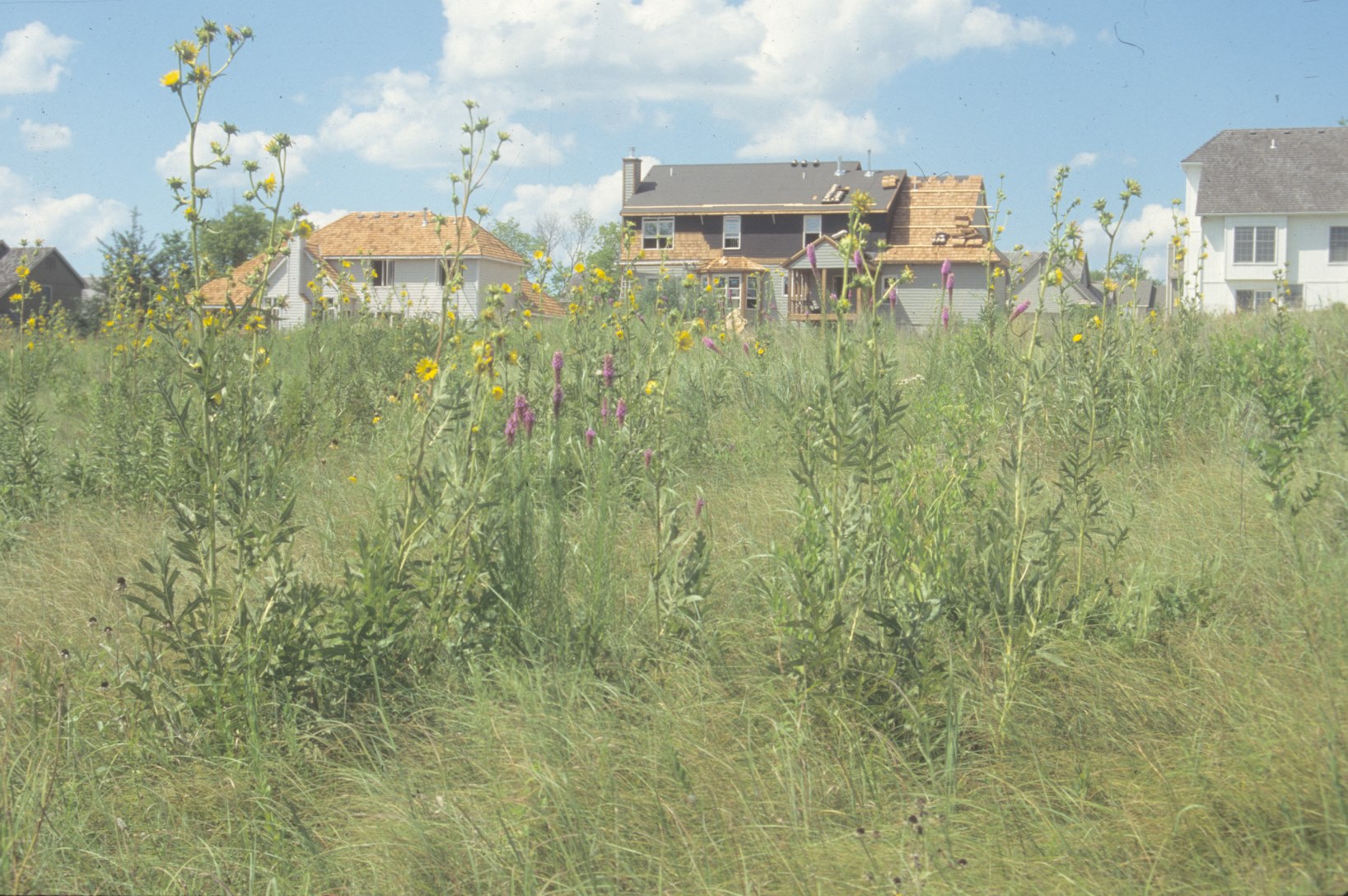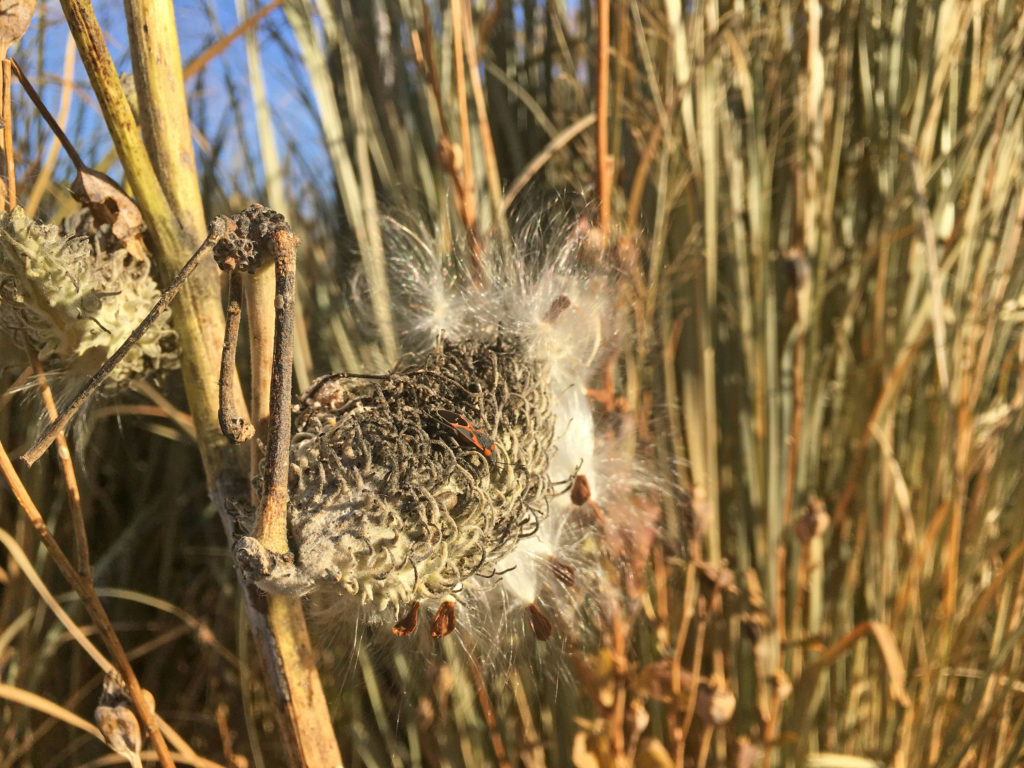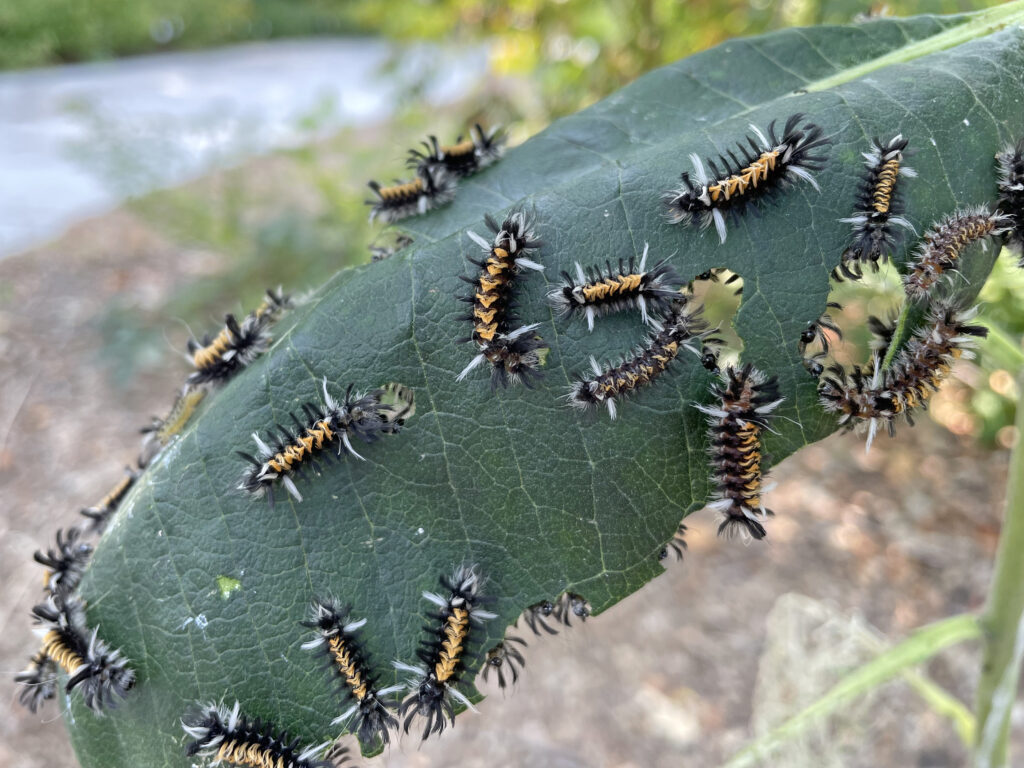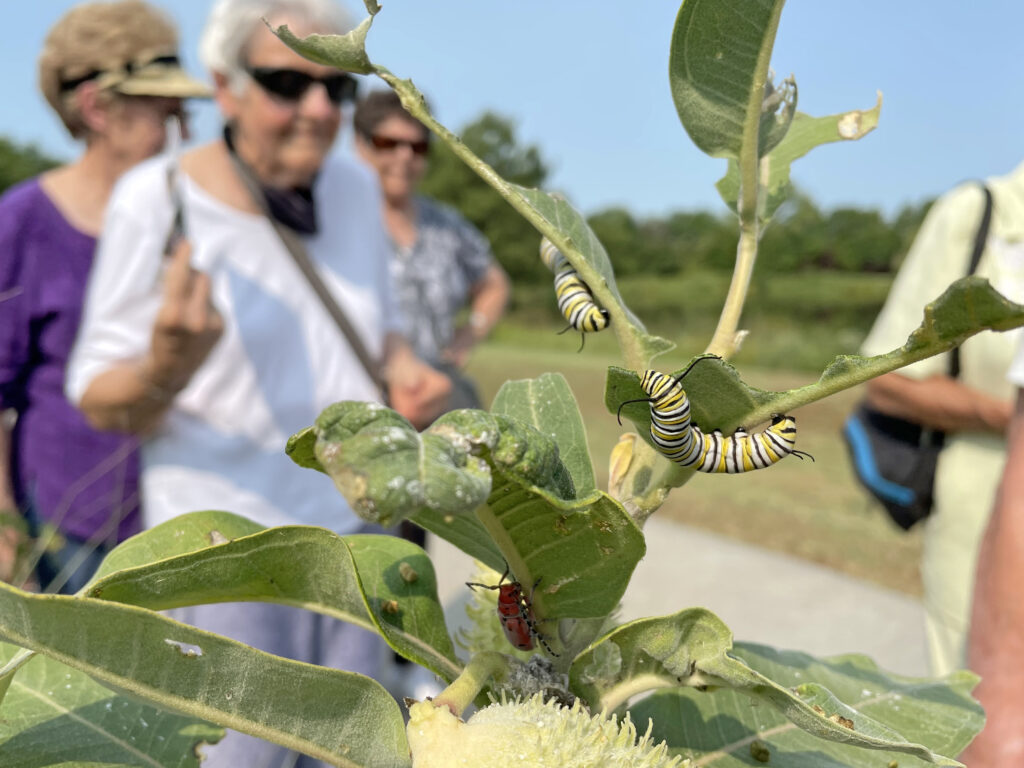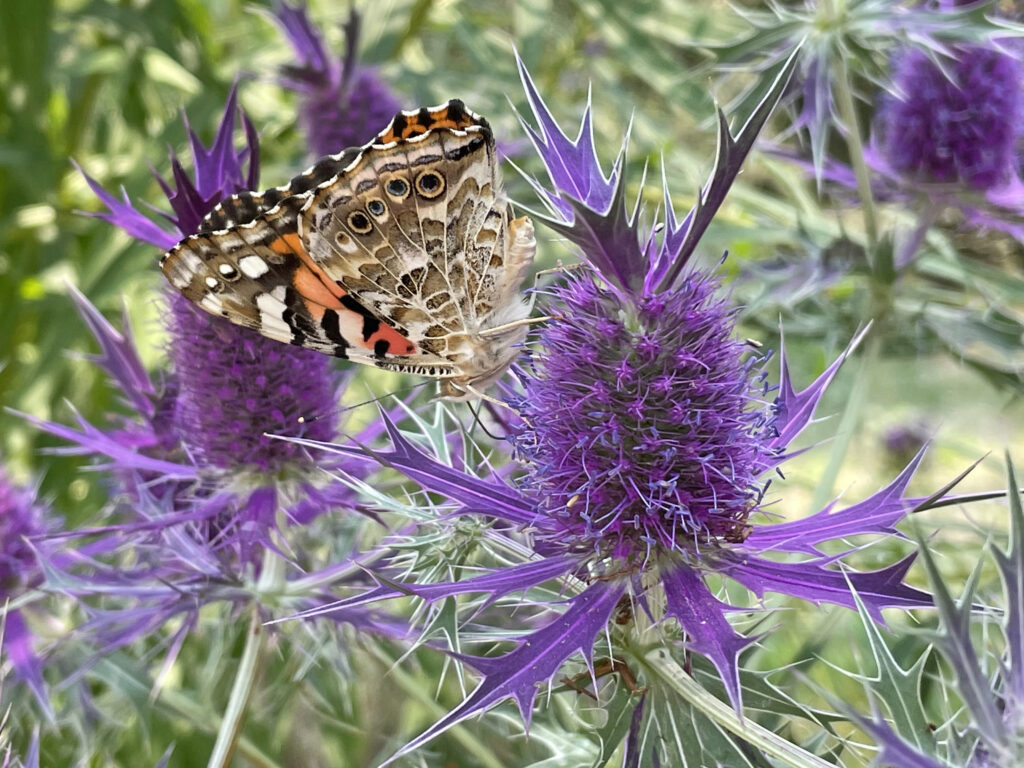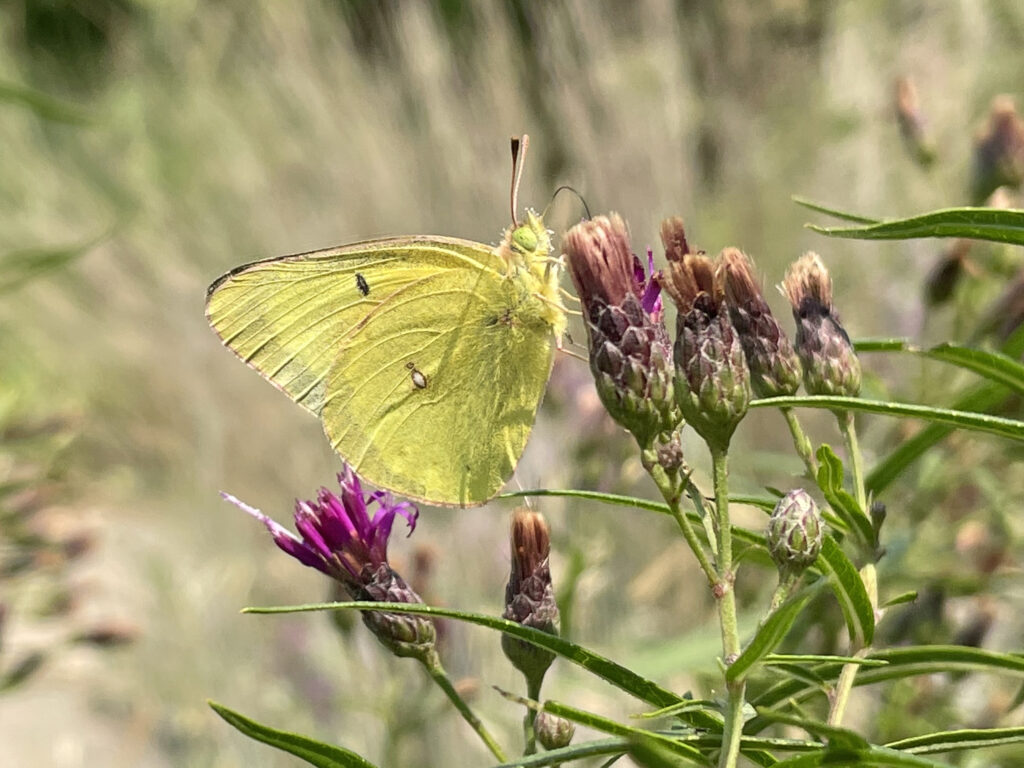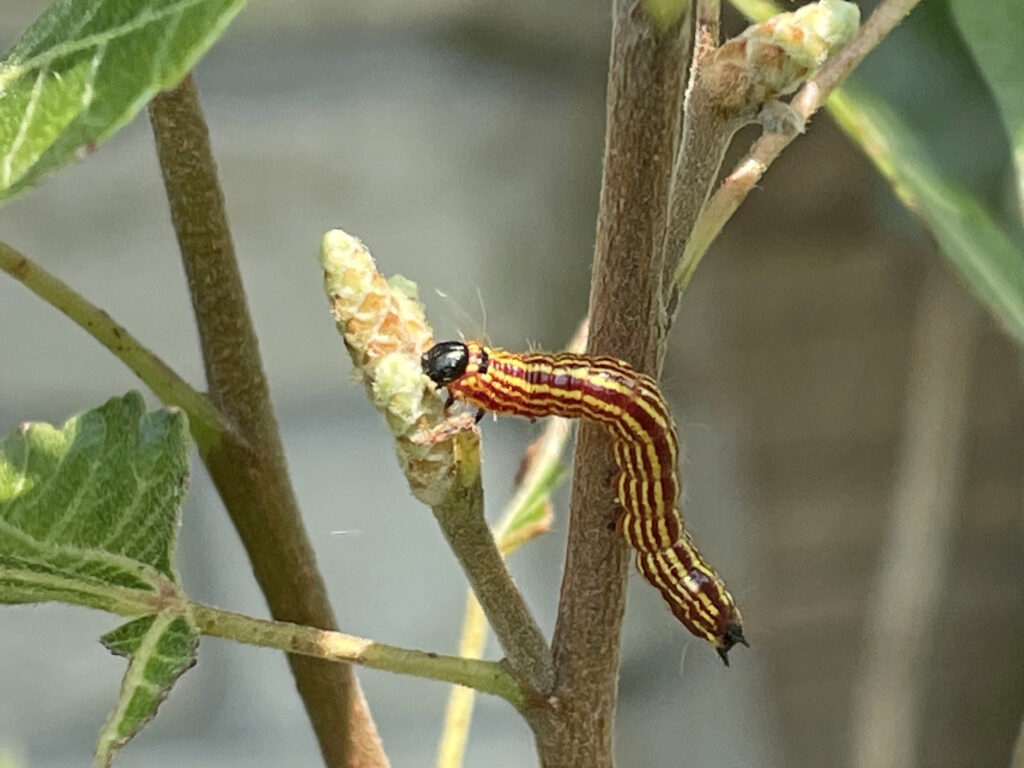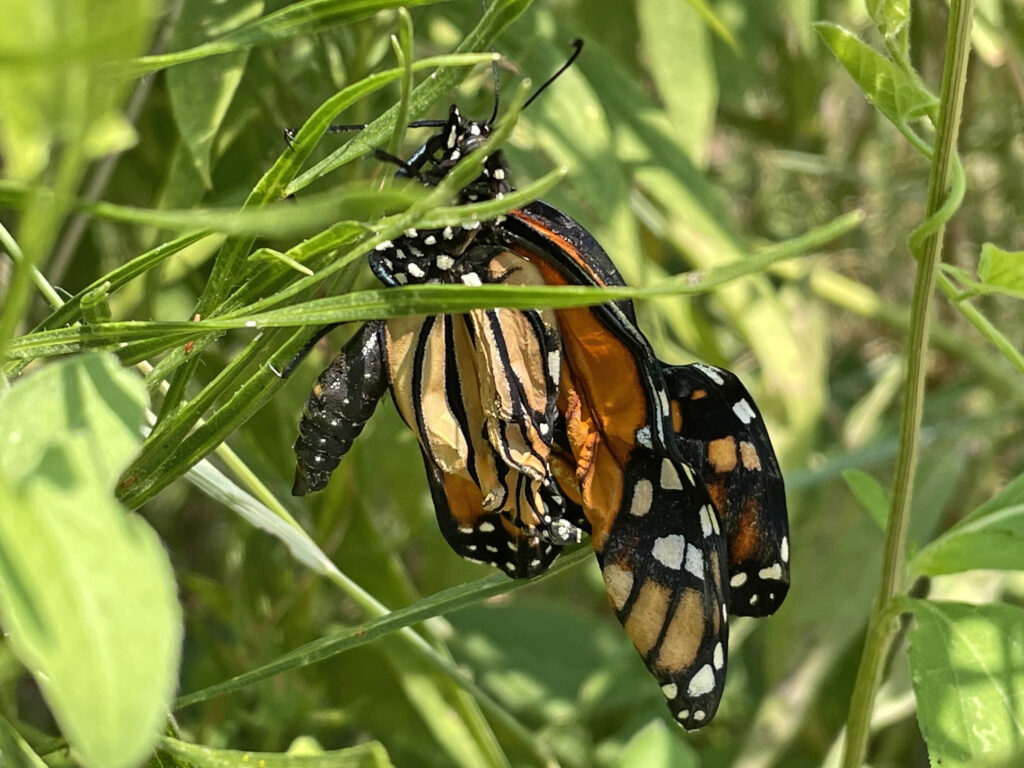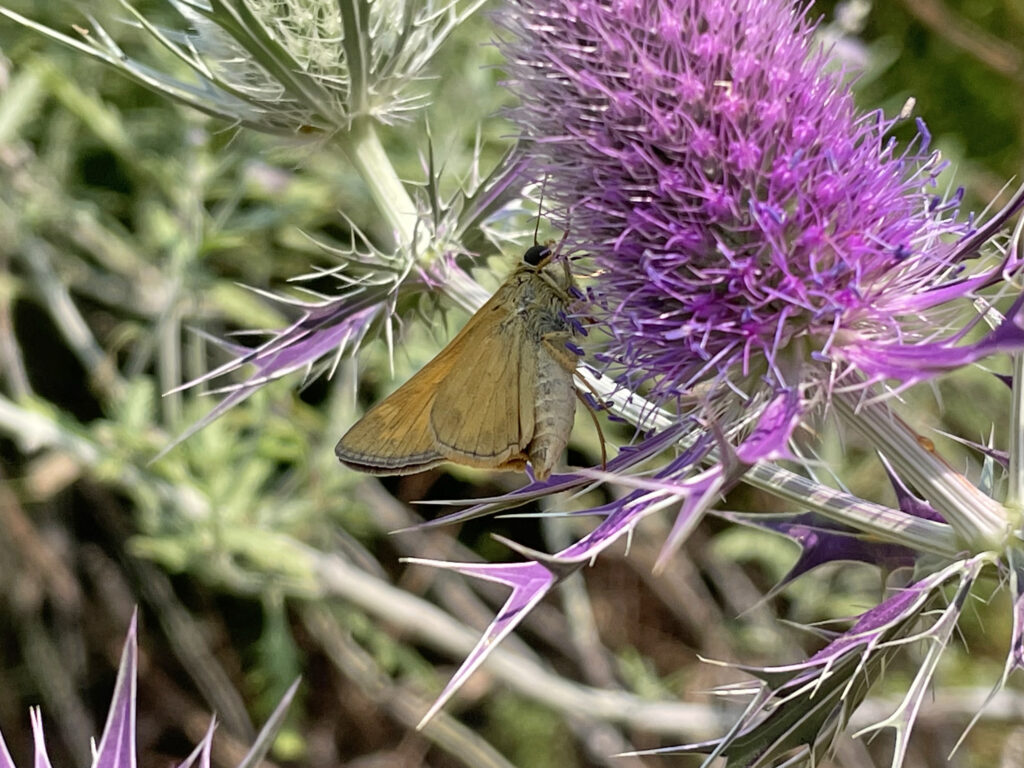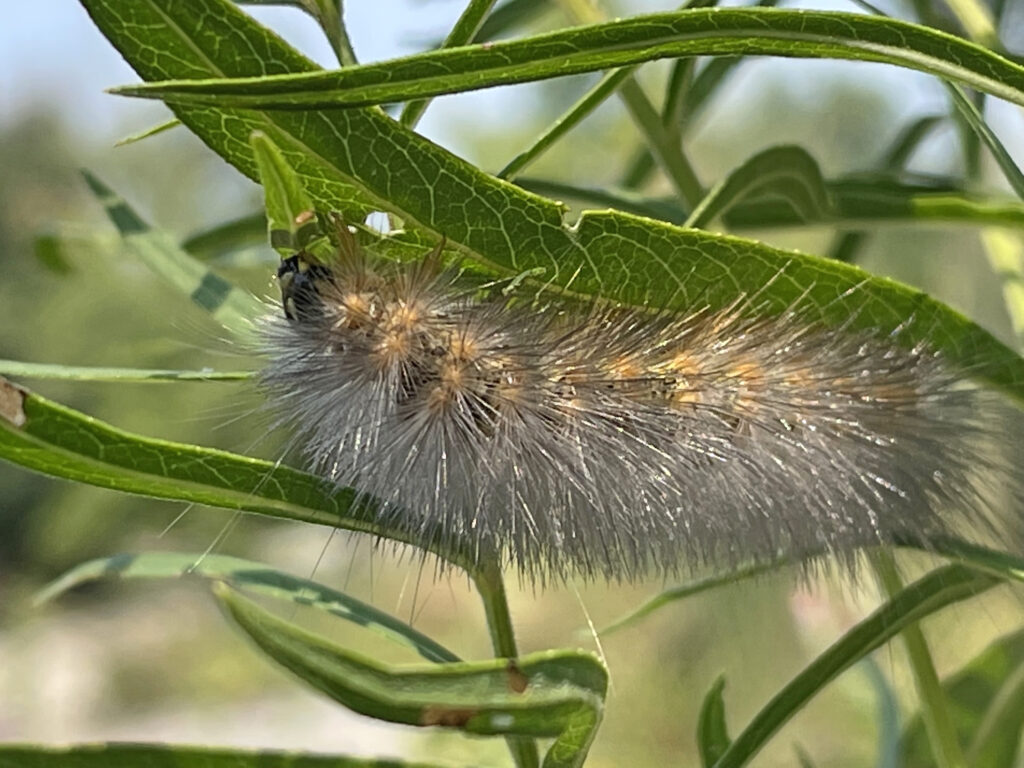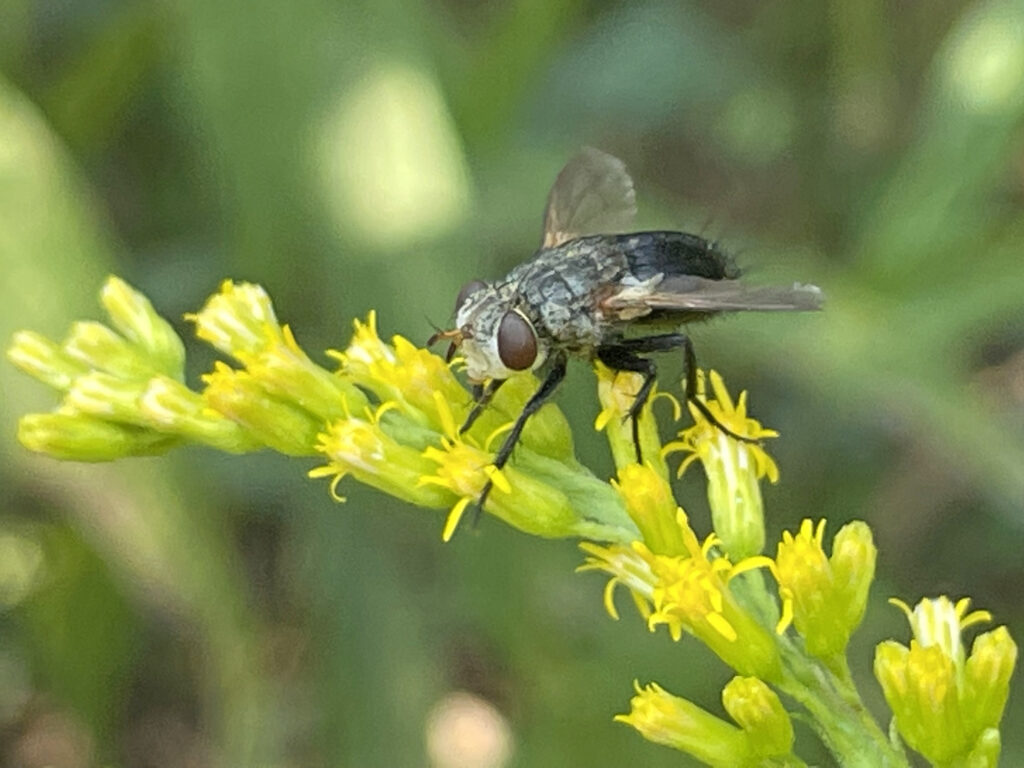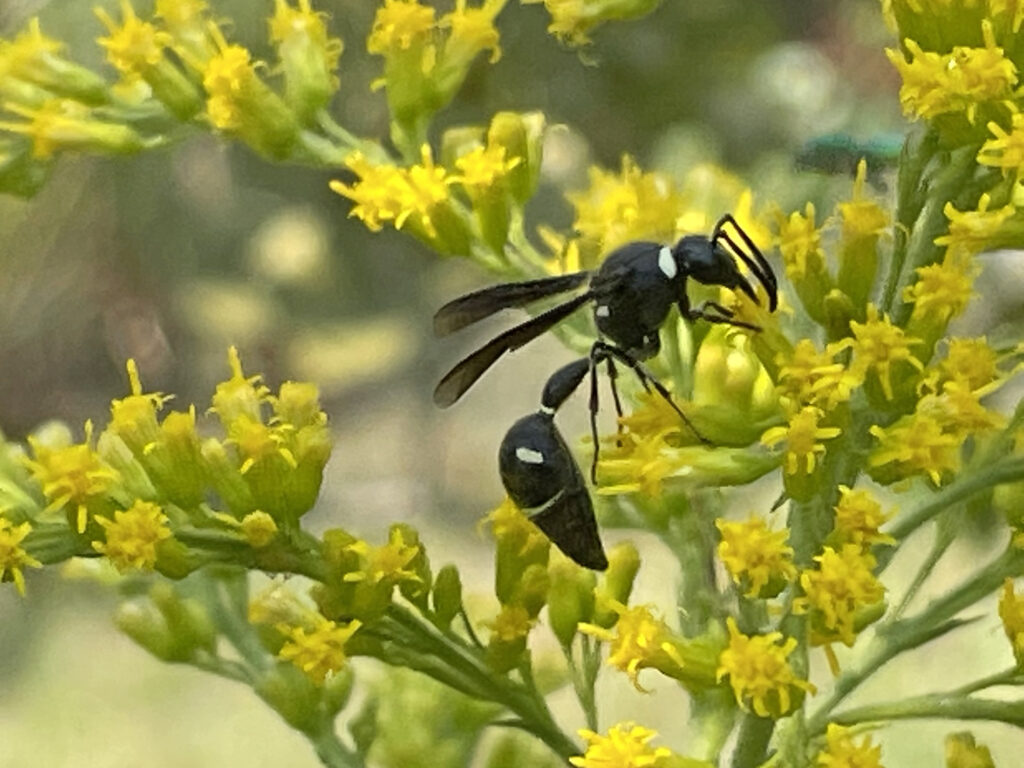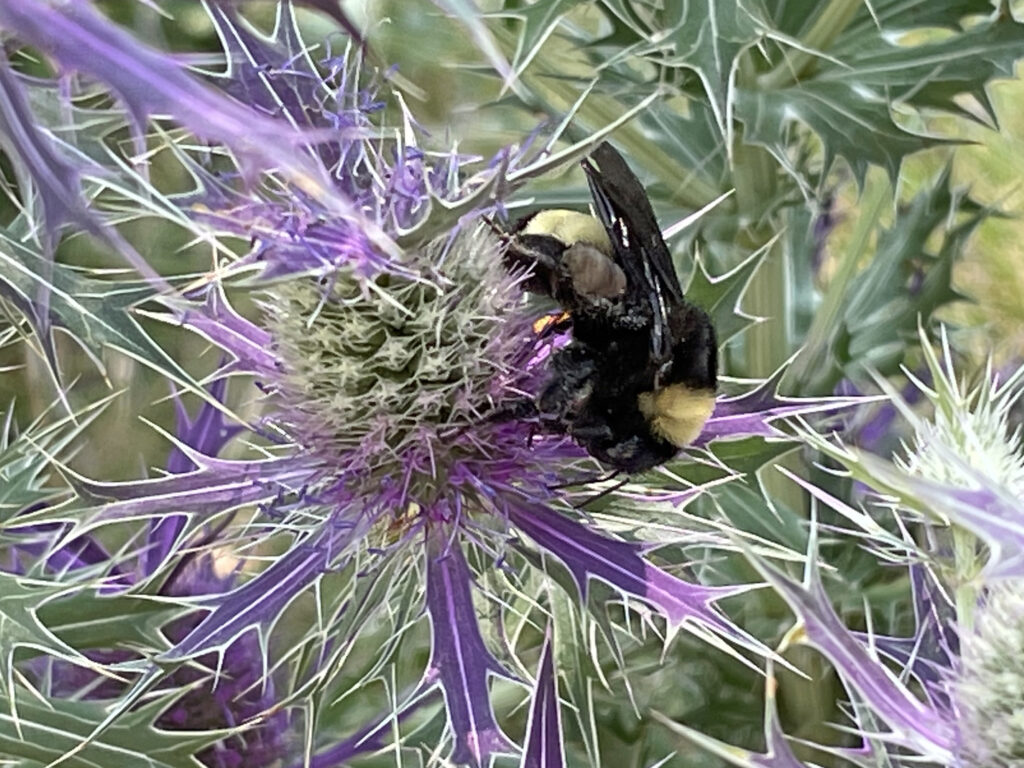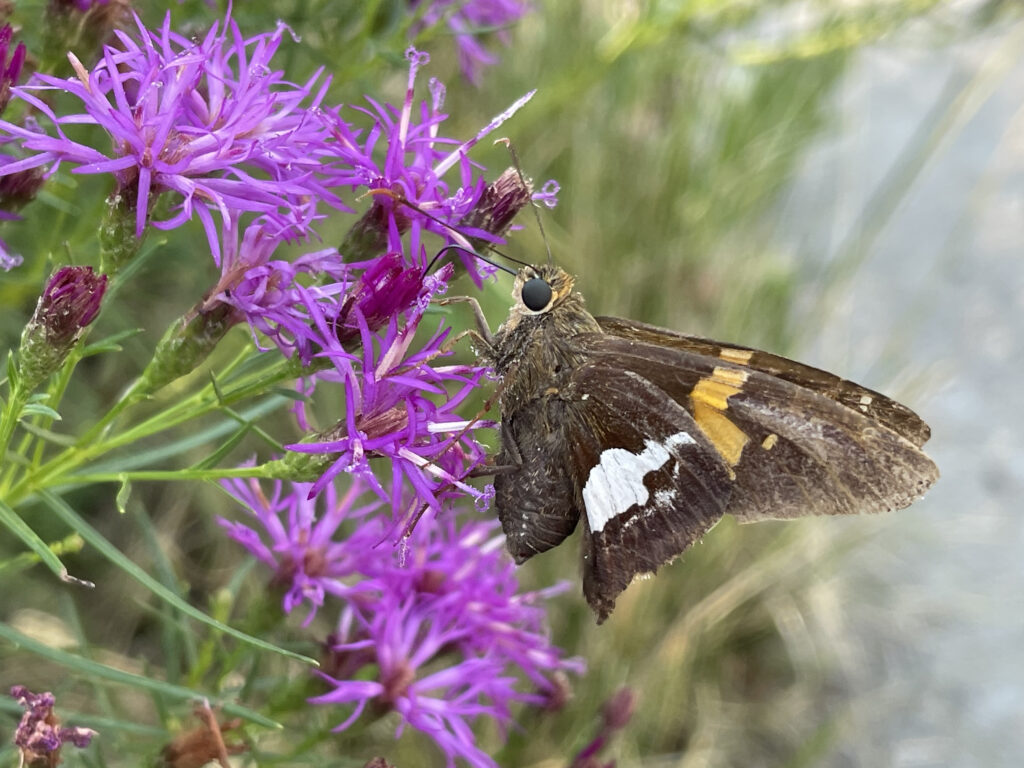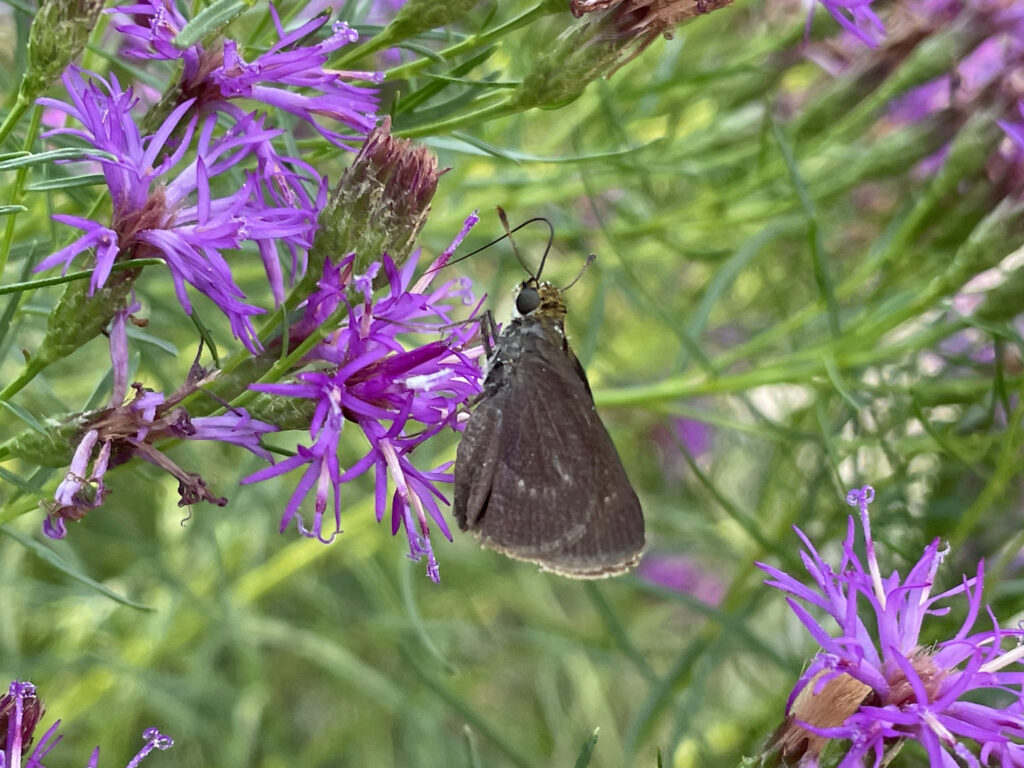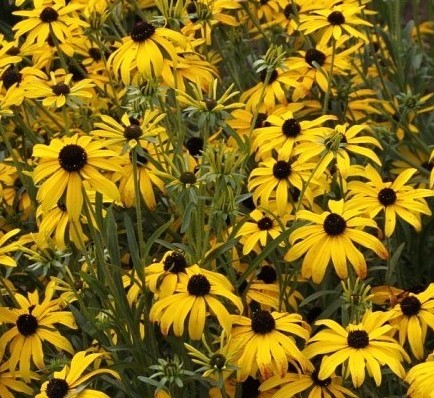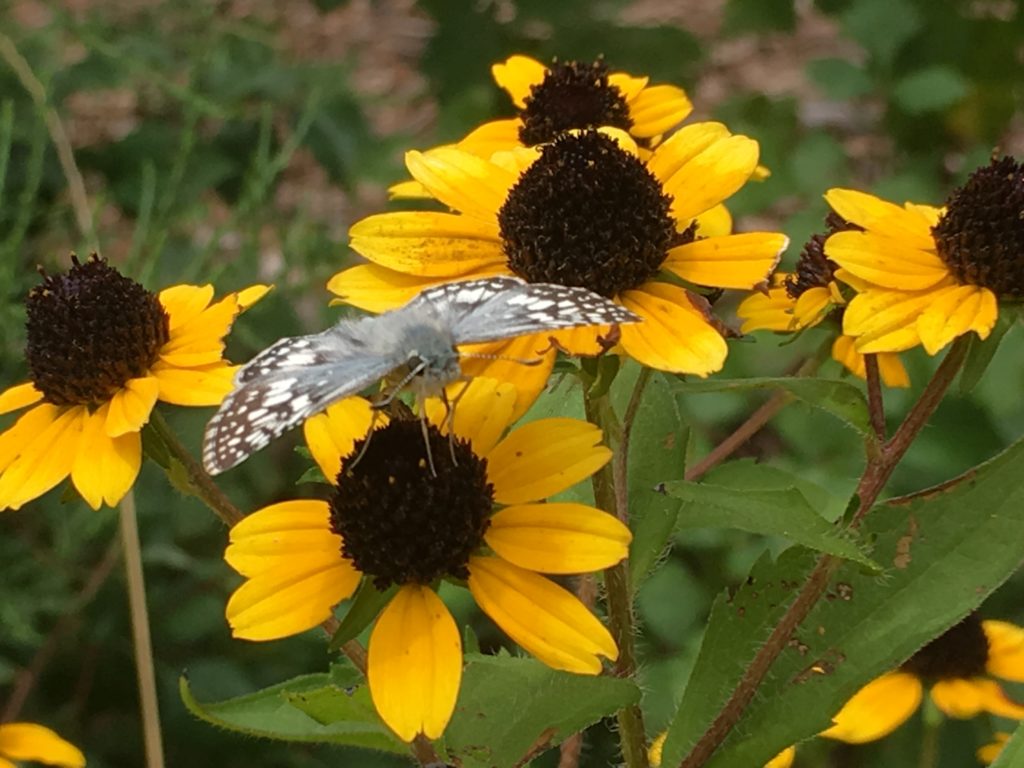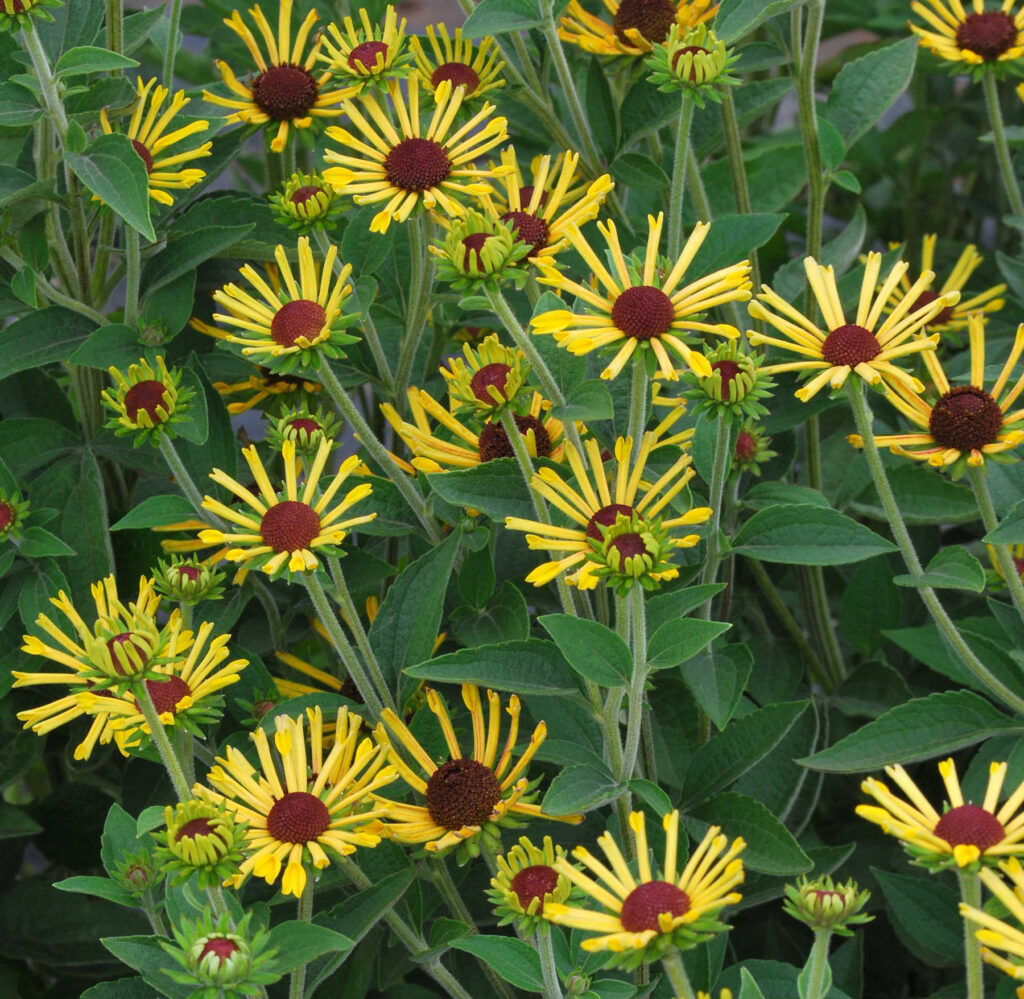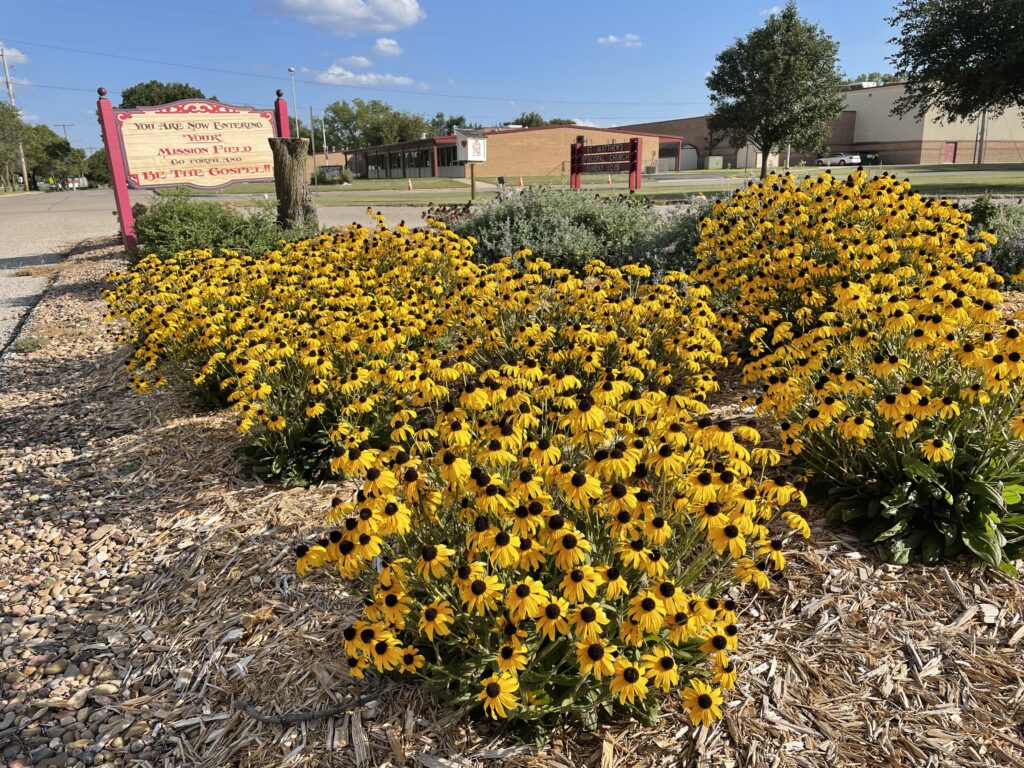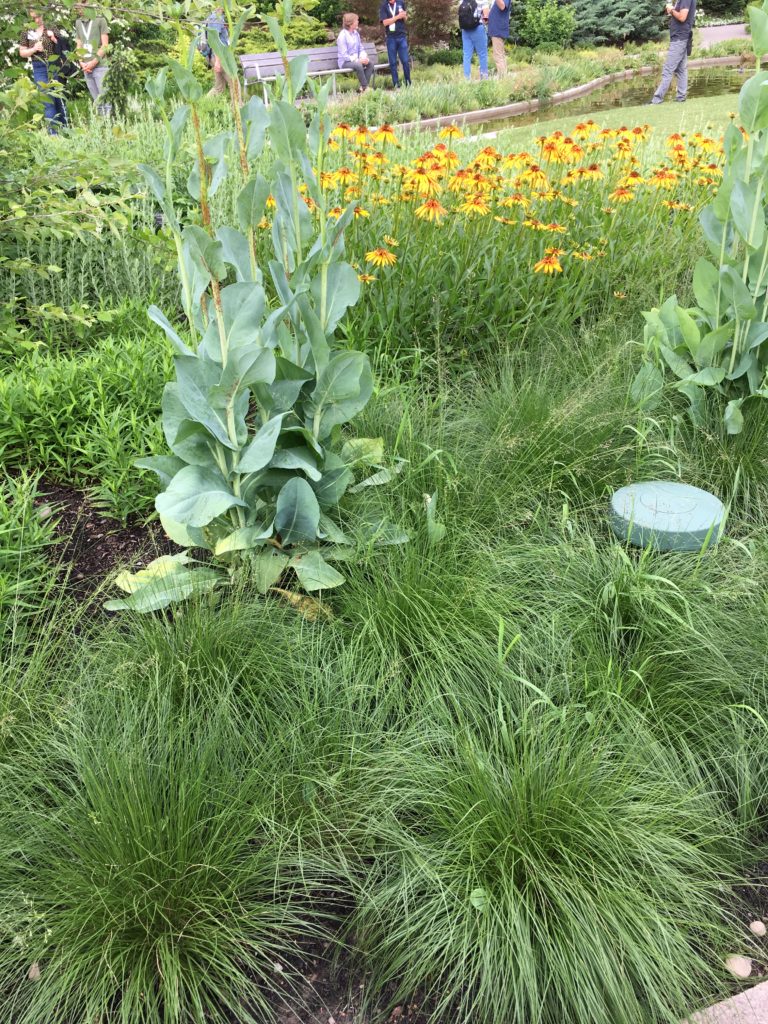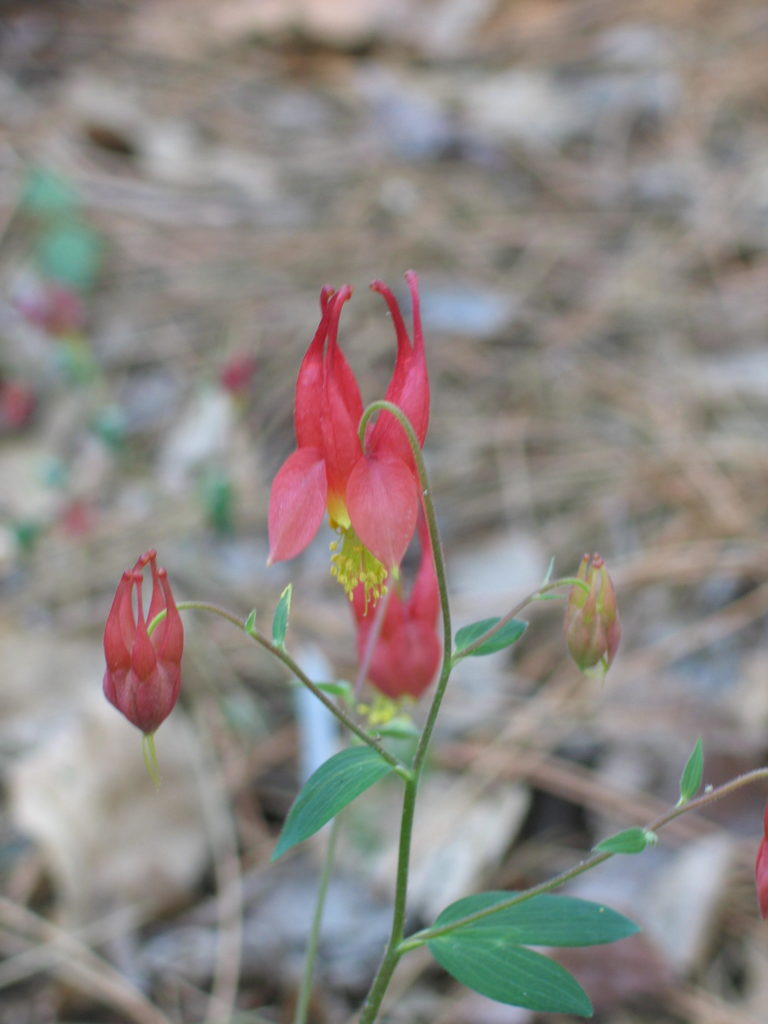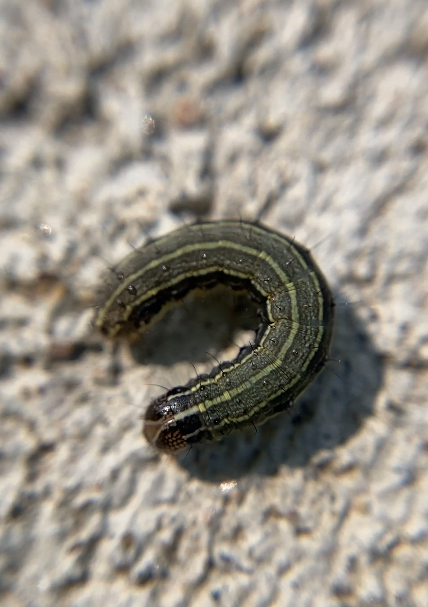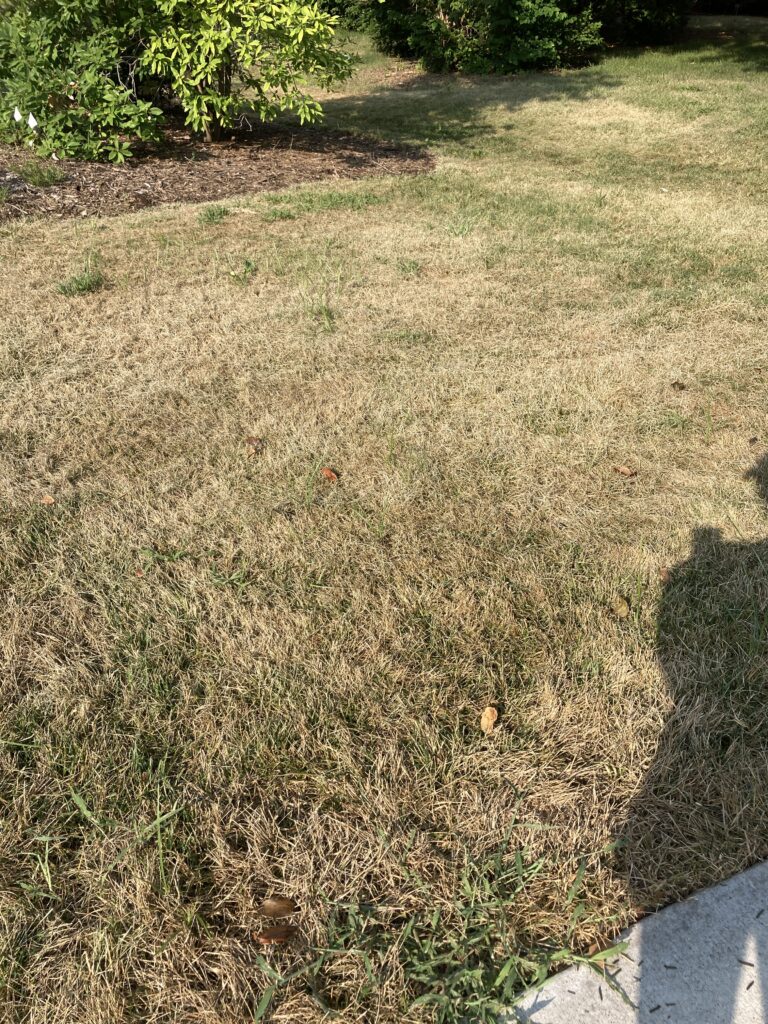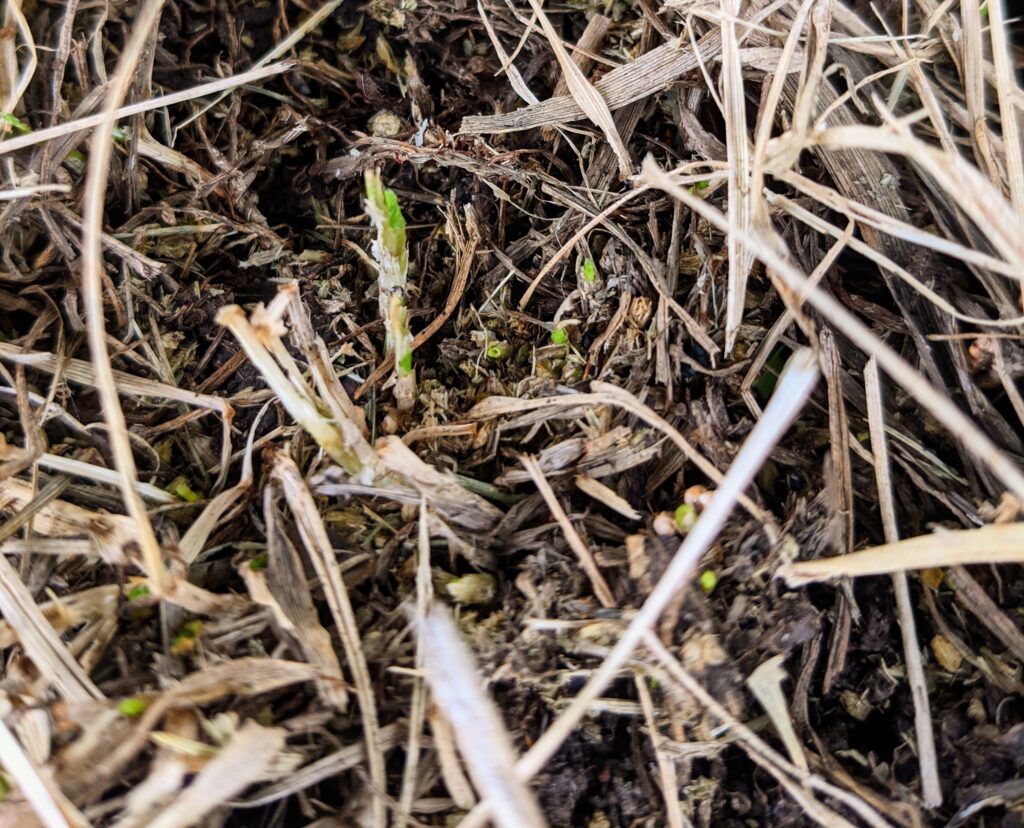This time of year our focus changes a bit as we transition to spending more time inside. You look longingly outside at your garden, anticipating warmer weather and the arrival of spring. We are not restless yet, but for those of us who garden and love to dig into the soil, it helps if we have something to look at through the kitchen window or sitting in our living room. Here are some plants to consider adding as you “look into” your winter garden.
Form
Flowers fade into buttons, globes, plumes, spikes, daisies or umbels that can be emphasized with the play of light and motion. These expired flowers are attractive even after they are done blooming.
- Coneflowers: These dark seed heads are attractive with native grasses and are favorites of overwintering birds.
- Asters: Swaths of these fall blooming perennials provide structure and decent fall color.
- Amsonia: Blue flowers in the spring and attractive color in the fall
- Prairie Dropseed: This is one of my favorite grasses. Fine foliage, airy seedheads, and golden orange fall color that mixes well with many other shorter perennials.
Texture
This garden design element refers to the surface quality of the plant. Whether coarse or fine, textural plants combined with interesting forms are quite dramatic in the winter landscape.
- Switchgrass: There are so many varieties to choose, from tall to short and from green to red leaved. You really can’t go wrong by adding some of these native grasses to your garden.
- Rattlesnake master: This unusual native has attractive gray-green foliage and starry white blooms in the summer. As it transitions into the winter-the whole plant turns tawny gold.
- Little bluestem: The fine stems of little bluestem add bright color to the stark winter garden.
Fruit/seeds
This element in the garden is often overlooked or removed before the birds need them. For birds that take winter residence in your garden, the right mix of plants creates a habitat that is fun to watch.
Composite flowers like blackeyed susan, coneflower, blazing star, sunflowers, and goldenrods are vital food that birds seek out.
- Crabapples: Most of ornamental trees have persistent fruit that are utilized later in the winter as other food becomes scarce.
- Blackhaw Viburnum: This native produces abundant fruit that taste like miniature prunes. Birds and other wildlife love them.
- Sumac: The reddish fruit atop these native shrubs are a favorite of Chickadee and Titmouse.
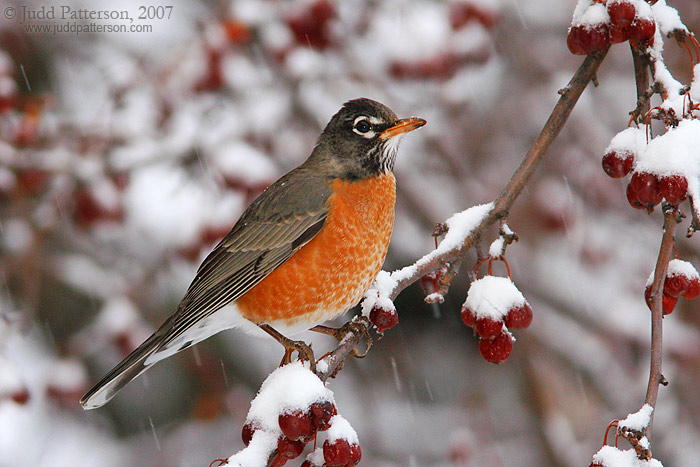
Stems
Stems are not noticed until everything is bare, but can provide something interesting and beautiful to look at in the winter.
- Red/Yellow twig dogwoods: They explode with color especially with snow.
- Big Bluestem: Forms with brilliant red fall color are the best with regards to standing out in the landscape.
- Seven-Son Flower: Great exfoliating bark on this fall blooming small tree.
Shelter
This can be a brush pile or evergreen of some type. Each provide shelter and safety for wildlife during the cold winter months.
- Taylor Juniper: This upright form of our native evergreen also has fruit that the birds need.
- Alleghany Viburnum: Tall semi-evergreen shrub with attractive fruit and leathery leaves.
- Brush pile: Brush piles create shelter that conceals and protects wildlife from predators and weather. Situate the brush pile where you can enjoy wildlife viewing.
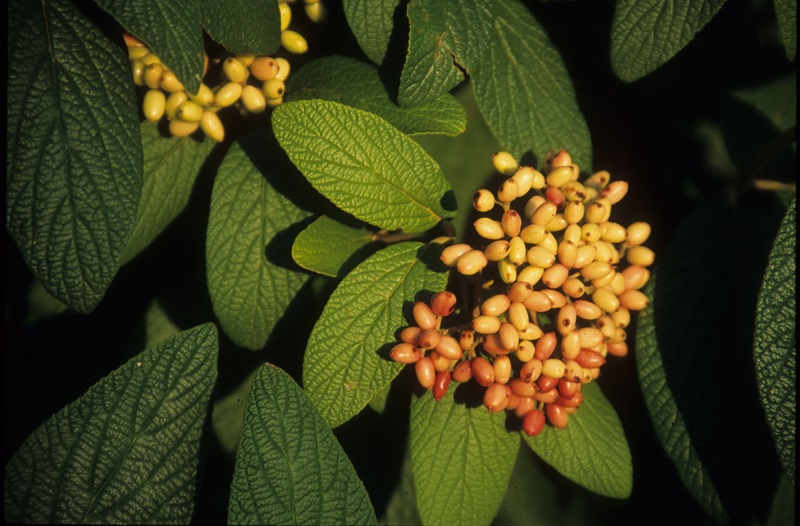
In the winter, there are fewer times of satisfaction from the garden. If you have only a few plants to watch in the winter landscape, make sure it’s enough to keep it interesting.


